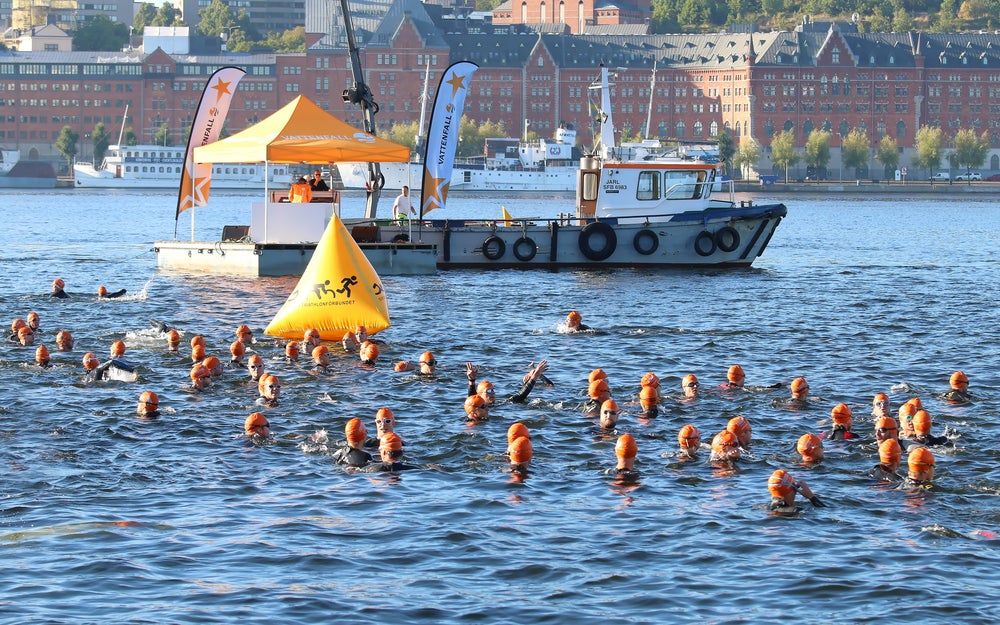How Should I Plan My Triathlon Season?

Photo: Shutterstock.com
There are a ton of events to chose from: your favorite tris, the races your friends are doing, bucket-list events, the tri club destination competition. Here’s how to keep your schedule sane, crush your goals and have fun.
Start with a review
Take a look back at last year, including the good, the bad and the ugly. What went well and where can you improve? How did your schedule impact your family and work? Jot it all down, then move on.
Perform a SWOT analysis
Conducting a SWOT analysis (strengths, weaknesses, opportunities, threats) is a critical first step to planning your season. What are your strengths and weaknesses? Be honest. Then take a look at opportunities. Have friends been pushing you to sign up for a destination 70.3? Maybe there is a new race close to home at a venue that looks enticing. Are you due for a raise or an extra week of vacation that makes a particular race fit the budget? This will be the fun part of your planning. Once you get that down, get the red pen out and write down the threats or challenges. You might have a slew of family or work commitments or you may have overdone it in 2016 and need to race less. An injury is certainly a threat as it not only keeps you from training, but it can also be a squeeze on your finances.
Prioritize
Now that you know where you stand going into 2017, you can pick your A, B and C races. A-priority races will be the focus for your season, and you should only have a couple. B races will support and help you prepare for your A races. C races are just for fun or supported training days. Even if you are not a competitive athlete, you need to think about your season this way so that you don’t get burned out or injured. Now you need to space out the races so you get enough recovery. Athletes over 40 may need more time, but a good rule of thumb is 1–3 weeks after a sprint, 2–5 weeks after an Olympic, 5–8 after a 70.3 and 8 weeks after a full Ironman.
Review before the test
Once you have picked out your races, go back and look to see how well they fit into your SWOT analysis. Your A race should be a course where you can perform well. If you don’t love hills, then pick the tortuous hill race as a C priority and let it support your training for that A race.
Hit enter
Sign up for your chosen events early to get the best deals on registration. Fend off the desire to stray from your plan and succumb to social media sign-up pressure. You’ve got a great season planned. Have a fun and fast 2017.
Geek Out
Take advantage of the great tech tools and apps available to help you train smart. These are my favorites.
Coach’s Eye video analysis app
(Coachseye.com)
I love this for swim and run sessions. I can pinpoint hand entry or foot strike and measure angles to prevent injury and increase speed and efficiency in the early season.
Edufii collaboration platform
(Edufii.com)
I use Edufii for sharing video on my coaching site. I can post a video and make comments. Even better: My athletes can post a video and I can comment or review.
Training Peaks training software
(Trainingpeaks.com)
An incredible tool for creating and sharing training plans—and even the least techie athlete can use it.
My Fitness Pal online calorie counter and diet plan
(Myfitnessplan.com)
It integrates with Training Peaks, giving you and your coach a great view of your nutrition periodization.
RoadID app
(Roadid.com)
For those concerned about safety (or prone to get lost), this app allows you to leave virtual breadcrumbs.
MilestonePod tracking device
(Milestonepod.com)
A new favorite tool, this $25 pod clips on your shoe, keeping track of miles put on the shoe, pace, cadence, foot strike, run efficiency and more.
Kristen Hislop is a USAT- and Ironman-certified coach with Hislop Coaching in Clifton Park, N.Y.